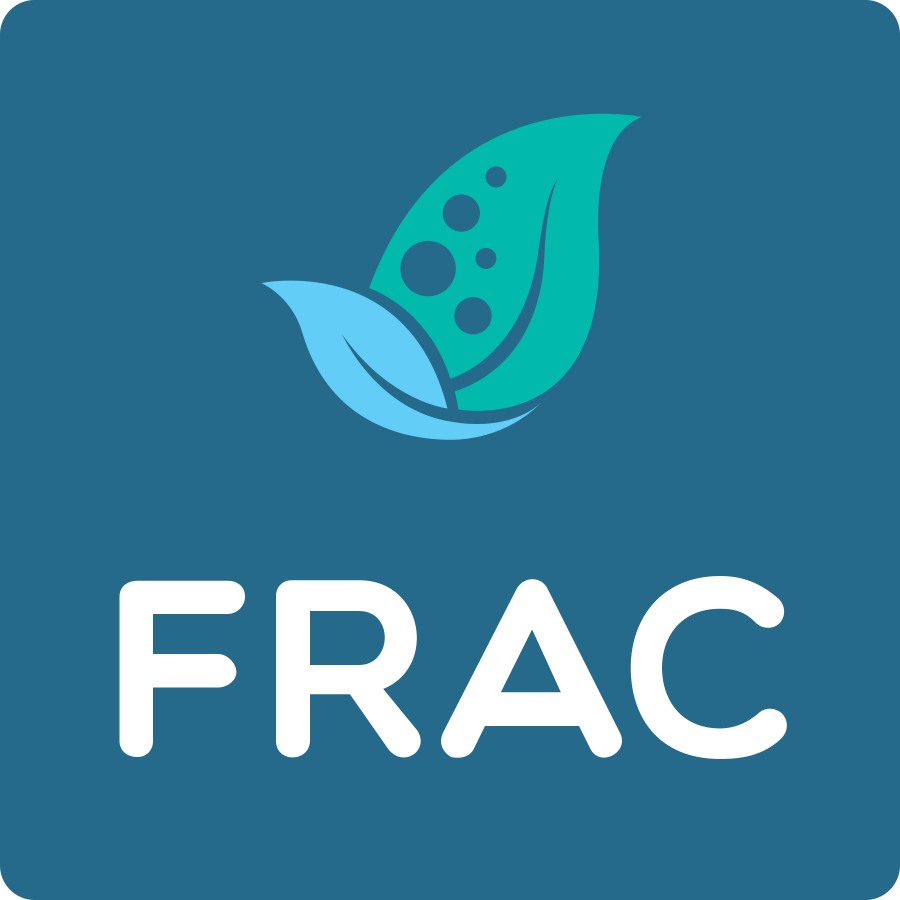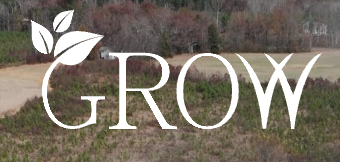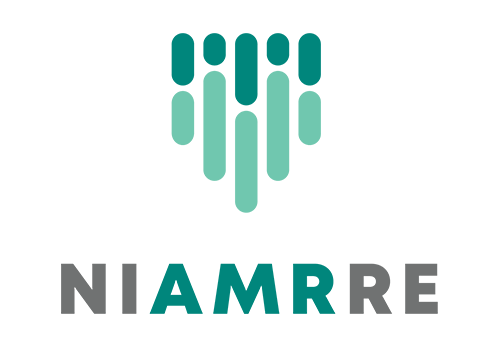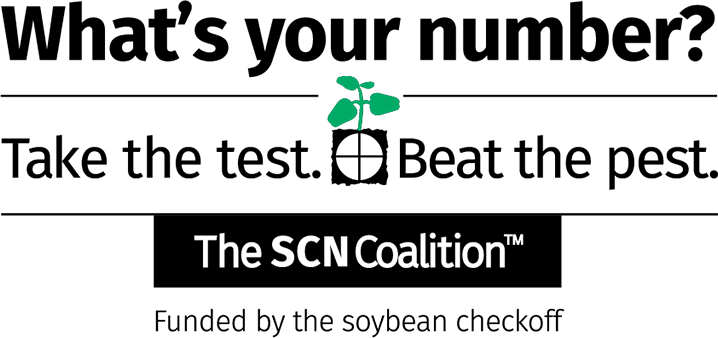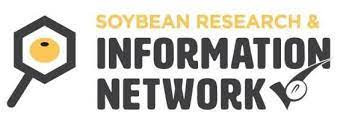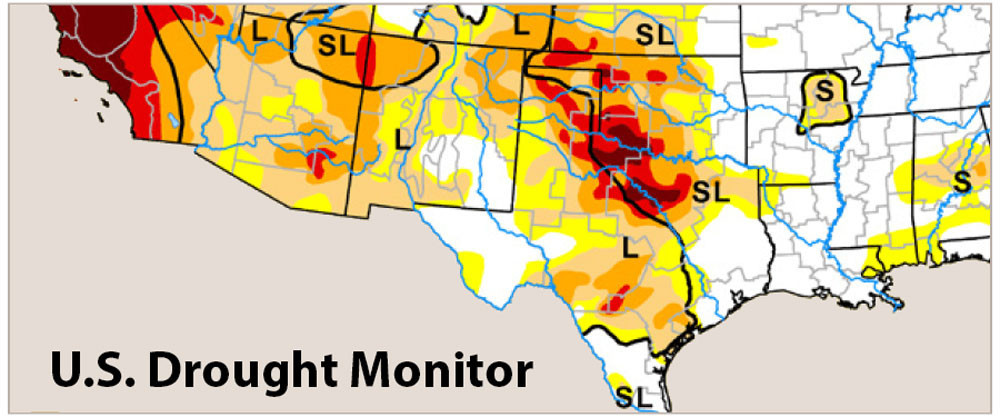External Resources
Shared Visions
Join an online community of naturalists who enjoy learning about and sharing observations of insects, spiders, and other related creatures. Enjoy a vast collection of of guide pages, photographs, and identification research on a variety of species.
Bugwood serves a lead role in development, consolidation and dissemination of information and programs focused on invasive species, forest health, and natural and agricultural management through technology development, program implementation, training, applied research and public awareness at the state, regional, national and international levels.
The purpose of FRAC is to provide fungicide resistance management guidelines to prolong the effectiveness of "at risk" fungicides and to limit crop losses should resistance occur. FRAC is a Specialist Technical Group of CropLife International (CLI; Formerly Global Crop Protection Federation, GCPF). As such, we work within the legal frame work defined by CLI and take care to ensure that strict anti-trust guidelines are observed.
GROW is a scientist-led network coordinating research to help farmers across the U.S. fight herbicide-resistance with a greater diversity of weed control strategies to complement chemical use.
GROW aims to provide information on tools such as cover crops, increased crop competition, harvest weed seed control, and more.
The global Herbicide Resistance Action Committee (HRAC) is an international body founded by the agrochemical industry, helps to protect crop yields and quality worldwide by supporting efforts in the fight against herbicide-resistant weeds.
The Insecticide Resistance Action Committee (IRAC) was formed in 1984 and works as a specialist technical group of the industry association CropLife, providing a coordinated industry response to prevent or delay the development of resistance in insect and mite pests. There are IRAC country group committees in many parts of the world researching and responding to local resistance issues as well as IRAC International which operates at a global level.
The National Institute of Antimicrobial Resistance Research and Education (NIAMRRE) is a member organization that drives cross-sector engagement and coordinated action to combat the global threat of Antimicrobial Resistance across humans, animals, and the environment. To achieve our mission, we have identified four distinct focus areas: research, education, collaboration, and advocacy.
The Integrated Pest Management Pest Information Platform for Extension and Education (IPM PIPE) is a comprehensive online platform designed to facilitate the exchange of pest-related information among agricultural professionals, researchers, and extension agents. IPM PIPE provides tools and resources to support integrated pest management (IPM) efforts, including pest monitoring, forecasting, and decision support systems.
The Science for Success partnership brings together 26 Extension specialists from land-grant institutions across the country, representing more than 80% of US soybean acres. These specialists contribute their own state-gleaned knowledge and research results to the program. As demands of the soybean industry change, the Science for Success team collaboratively uses proven research combined with historic results to adapt Best Management Practices (BPMs) to future challenges.
The SCN Coalition is a public/checkoff/private partnership formed to increase the number of soybean growers who are actively managing SCN. Our goal is to increase soybean growers’ profit potential and realize higher yields.
Partners in The SCN Coalition include university scientists from 28 states and Ontario, Canada, grower checkoff organizations including the North Central Soybean Research Program, United Soybean Board and several state soybean promotions boards, and corporate partners including BASF, Bayer, Growmark, Nufarm, Pioneer (Corteva), Syngenta, Valent, UPL Ltd. and WinField United.
The Soybean Research and Information Network (SRIN) highlights results, provides resources, and promotes the importance of soybean research. SRIN is administered by NCSRP and is supported in part by United Soybean Board and other state and regional soybean boards.
The U.S. Drought Monitor (USDM) is a map released every Thursday, showing where drought is and how bad it is across the U.S. and its territories. The U.S. Drought Monitor has been a team effort since its inception in 1999, produced jointly by the National Drought Mitigation Center at the University of Nebraska-Lincoln, the National Oceanic and Atmospheric Administration and the U.S. Department of Agriculture.


